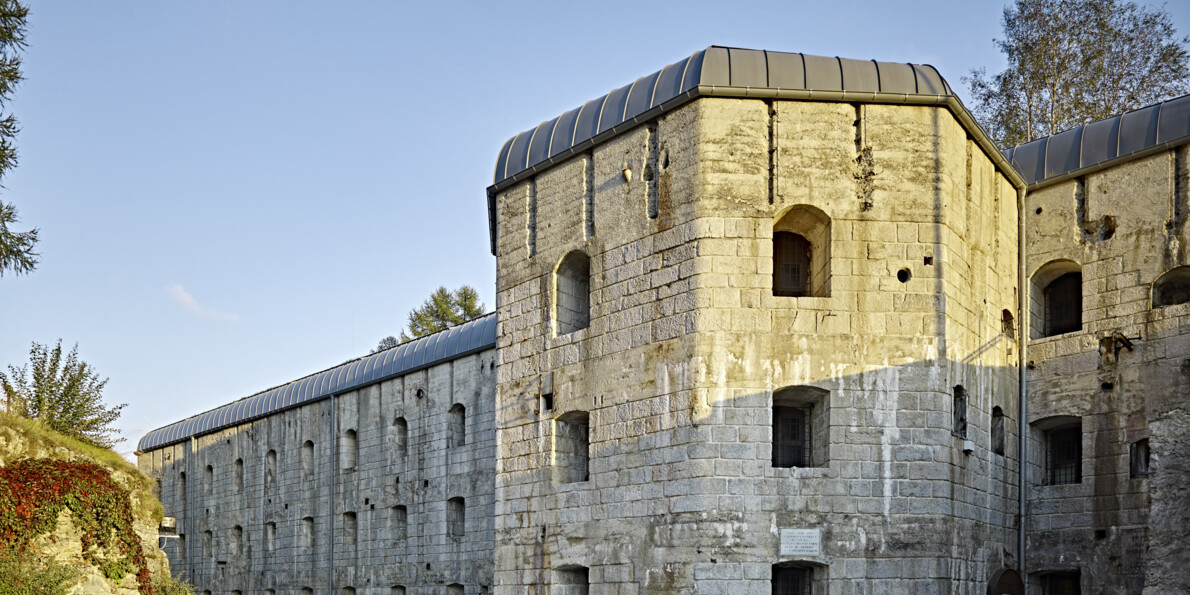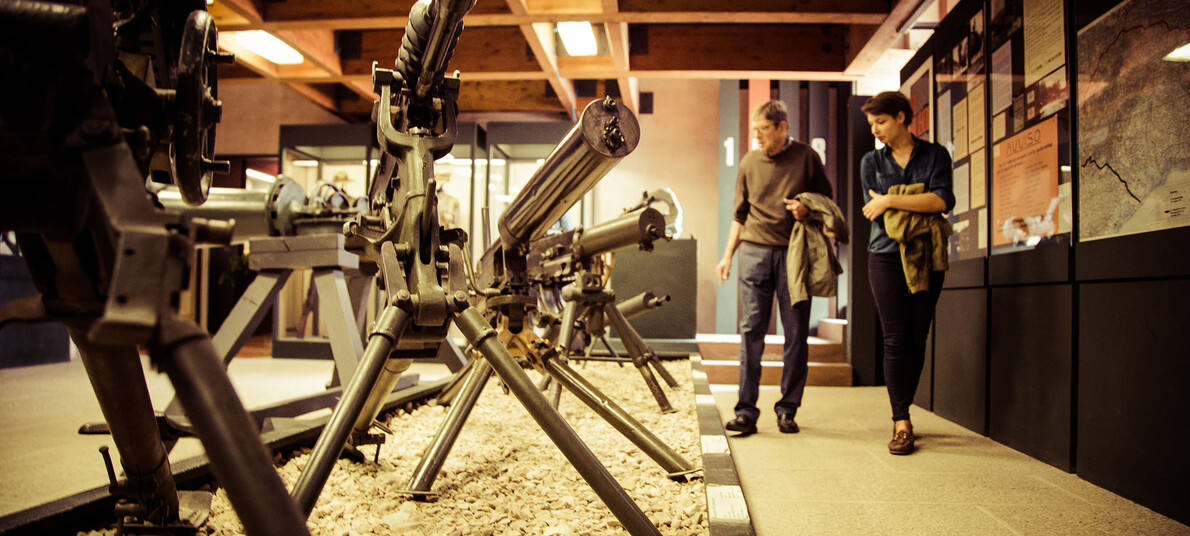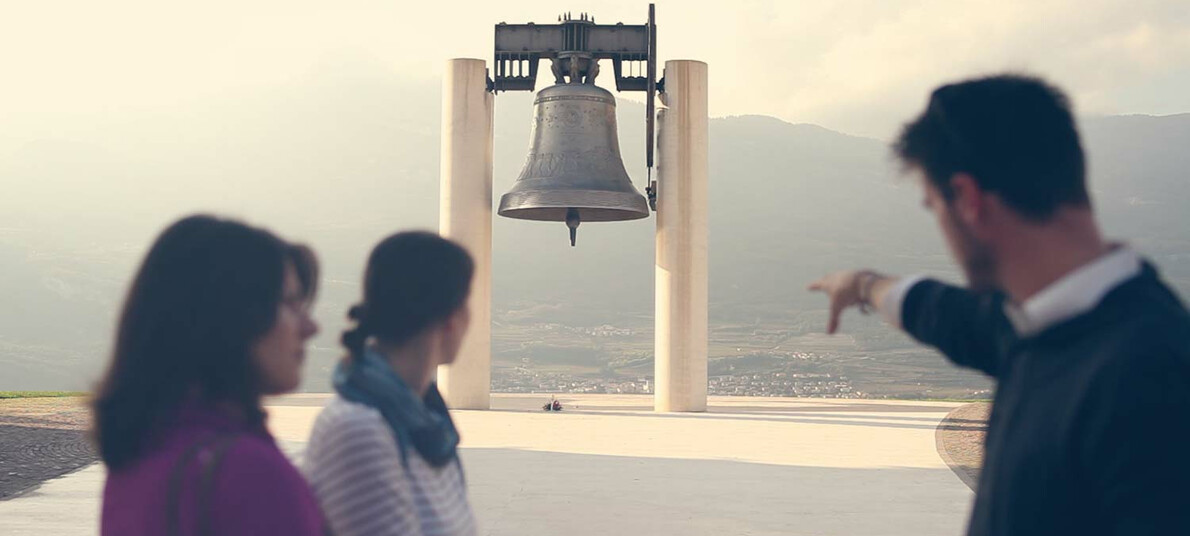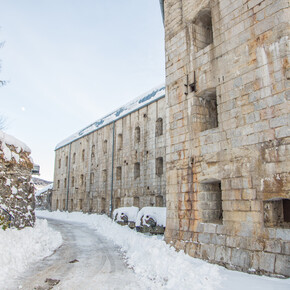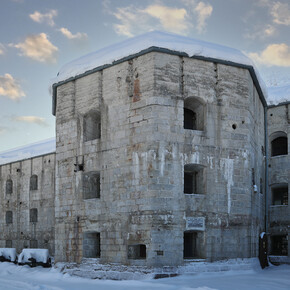Healing the wounds
One of the world’s most extraordinary military landscapes is now a place of reconciliation and dialogue
Lake Garda, the Dolomites, the mighty Marmolada glacier: these days we know them only as spectacular natural landscapes. But a hundred years ago they were the setting for a titanic struggle between Italy and the Austro-Hungarian Empire.
After Italy entered the First World War in 1915, the front line passed right through Trentino: and it ran for a staggering 320km. To see how the two sides waged war in such a difficult and demanding environment is to understand both the fortitude, and the folly, of man. Both sides carved fortresses out of solid rock, dug trenches through the snow, and made superhuman efforts to keep their troops supplied – with limited success. Thousands froze to death. Thousands more died in avalanches.
An extraordinary number of monuments survive from those times. At Punta Linke, in the Ortler-Cevedale mountains, you can visit an Austrian outpost set at the dizzying altitude of 3,632m, which has been exceptionally well-preserved by the ice. All along the front you’ll find the remains of trenchlines, forts and muletracks - for example at Monte Pasubio near Rovereto, and at Nagià-Grom, in the Val di Gresta. Above Riva del Garda, they cling to the edge of Monte Brione’s narrow ridgeline, and dominate every square metre of the valley below.
Some of the forts have been restored and have now become museums. Fort Belvedere focuses at the struggle for the plateaux of the Alpe Cimbra, while Forte Pozzacchio explores the rigour with which the Austrians developed their defences, in a citadel hollowed out of a mountain crag. At Forte Cadine, which guards the road at Bus de Vela, you can learn about complex system of fortifications which defended Trento.
In fact, there are now 19 museums in Trentino covering every aspect of the Great War. The Italian Historical War Museum in Rovereto is the largest in the world devoted to the conflict, while the Gianni Caproni Aeronautic Museum in Trento includes a fascinating collection of planes from the war. Meanwhile at Passo Fedaia, the Museo della Guerra 1915-18 examines the fighting in the Dolomites.
This extraordinary military landscape is now a place of reconciliation and dialogue - and there are many ways explore it. You can walk sections of the Sentiero della Pace (the Path of Peace), along the front line, or perhaps pedal the 100km dei Forti, a mountain-bike trail through the battlefields of the AlpeCimbra. But if you only go to one monument, make it the magnificent Memorial Bell on Miravalle Hill, above Rovereto. Cast from artillery pieces used in the war, it’s the largest bell in the world and tolls 100 times every day at sundown to honour the dead. It’s a fitting place to end your tour – and give thanks that we live in an age of peace.

